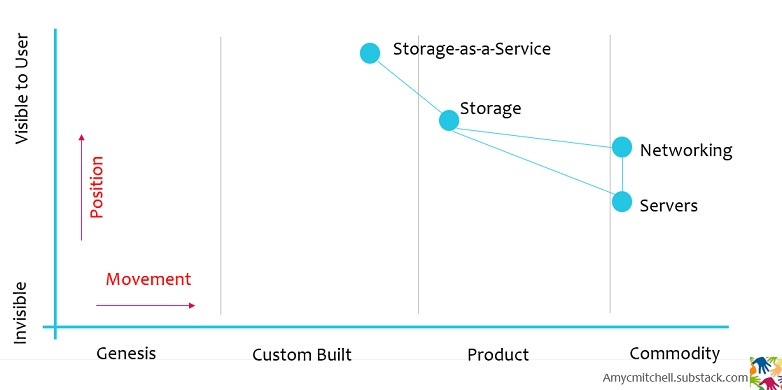Portfolio building in multi-product organizations
How to get started with portfolio management
What are the signs that your product is being hurt by other products in your organization?
One of three platform teams accepts your requirements for your next product iteration. The other two teams have no capacity for your requirements for several months. You learn the platform teams are working on a newer product that is aimed at a risky small market.
This is yet another time that your customers are left waiting for new features due to a lack of resources in a critical platform team. How can you get ahead of this repeating cycle on your product?
This is a sign that your organization could benefit from portfolio management.
When to Consider Portfolio Management
Some signs that portfolio management could help are:
Resource shortages in platform teams
Product managers find out strategy after resources are committed
Customers are accidentally impacted by decisions in a single team
However, your organization has never done portfolio management and products traditionally manage their roadmaps independently. How can you ease into portfolio management to deliver more to your customers?
If your organization has multiple products, it might be time to consider some grass-roots portfolio management. At a minimum, this is a good opportunity for you to learn more about other products in your organization.
Here are a few small steps to explore portfolio management in your organization:
Define portfolio objectives
Categorize your products
Foster collaboration across your products
Since your organization hasn't done formal portfolio management yet, you can start with these 3 items before moving on to more strategic steps such as resource allocation, product directional decisions, and risk management. Right now your goal is to understand:
The direction of the products in your organization
Why the products are moving in those directions
Please don't try to do a unified roadmap of all your products! This is not a good use of your time. It is better to get collaboration across your products.
Step 1: Portfolio Objectives
Your organization might already have organizational goals that can guide how products work together and provide a shared goal. If not, you can define a few simple goals for the products as a group. For example, here are a few goals you could use to get started:
Market expansion by targeting a certain customer segment
Revenue growth through bundling, pricing actions, and/or new tiers of service
Innovation and differentiation
Note that these goals depend on all products working together!
Step 2: Categorize Your Products
The next step is to categorize the products in your portfolio. A Wardley Map is an interesting way to quickly discuss the products in your portfolio and the direction they are taking. An example is below.
In this example of storage-as-a-service, we see the y-axis maps the visibility of the product to the customer and the x-axis shows the general maturity model of the product. The blue dots represent the products that make up the Storage-as-a-Service offering to the user. The connecting blue lines show the dependencies on the different products.
There are no right or wrong answers in categorizing your products! This mapping is to spark conversations among product teams.
Step 3: Foster Collaboration
Now that you are discussing the product categories together, you can begin collaborating. The product that appeared to be directly competing with your product now becomes a complimentary product in the portfolio. Now you understand what the platform teams are doing and you realize there are useful features in the platform that you can use.
Soon you and the other product managers have a basic understanding of each other's roadmaps and you can learn best practices from each other.
Conclusion
When there are multiple products and platforms competing for scarce resources, it can be hard to imagine a future with portfolio management. It can be tempting to wait for senior leaders to sort out the disconnects too. Another approach in which you control your future is to take a few small steps to set up portfolio management in your team:
Establish portfolio goals.
Categorize products.
Foster product collaboration.
The benefits of the collaboration can be immense. By bringing teams together, you encourage an exchange of best practices, better handling of shared resources, and cross-team learning. Taking a few small steps toward portfolio management can have a big payoff in product performance and innovation.
More on Portfolio Management
Visualizing your product portfolio Bringing together portfolio design, organization structure, and business domain into an operational approach to portfolio management. Gives a good look at where portfolio management can take you.
Learn Wardely Mapping to Tell Your Story How to do your first Wardley Map, collaborate on it, and present it as a story. Lots of pictures and easy-to-follow steps to using Wardely Maps.




Engineering would be a key collaborator on the mapping with product management. I’d want to avoid a competing engineering map!
thanks for this amy!
i'm new to portfolio management so i'm quite excited to try out the wardley map tool!